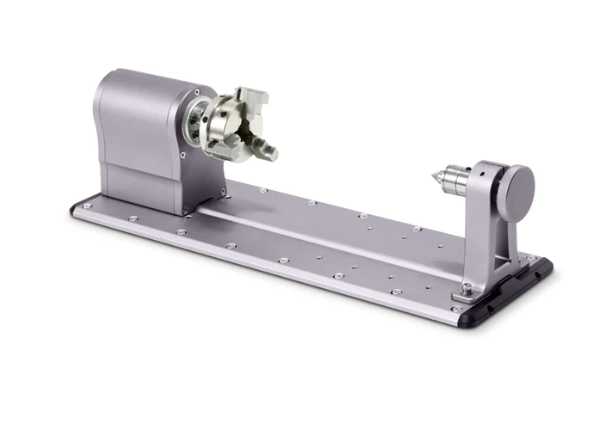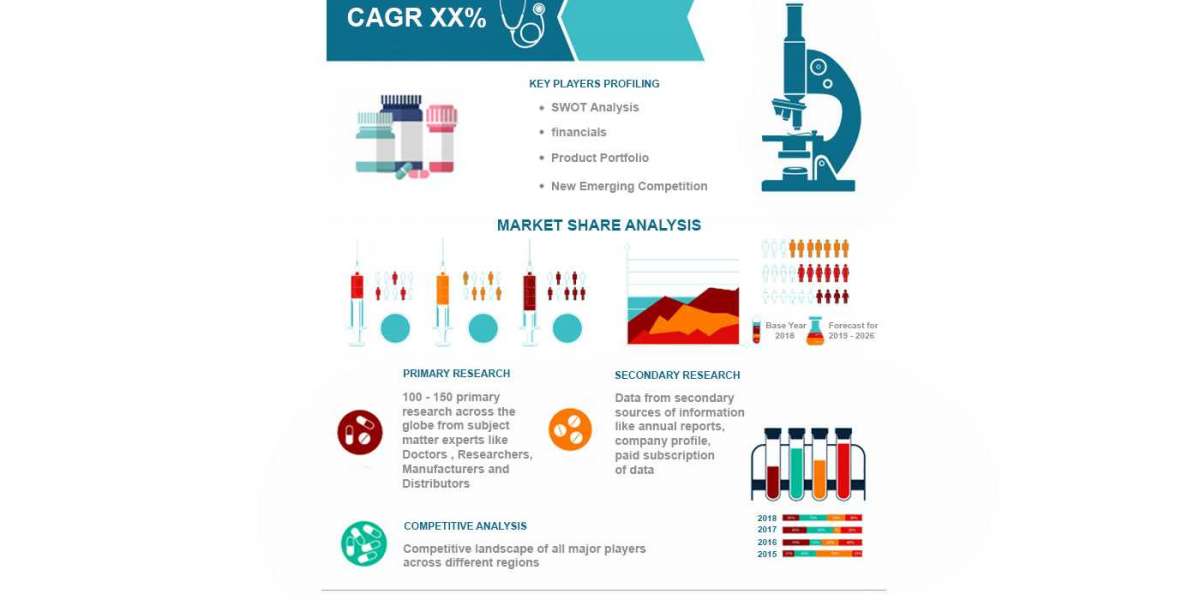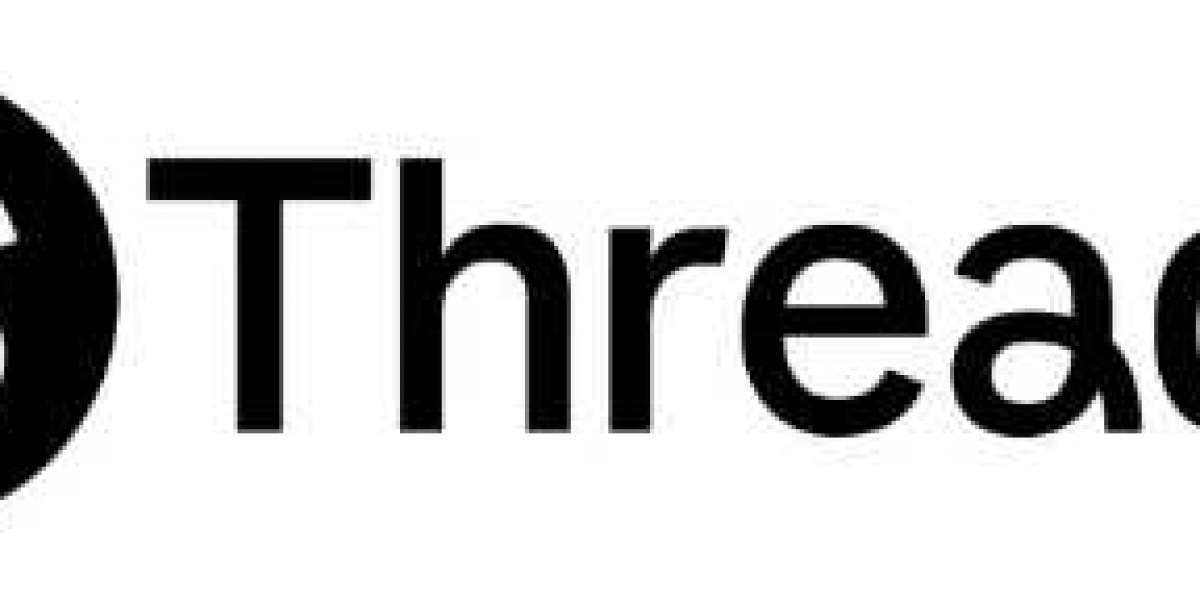The Rotary module is particularly good at producing three-dimensional artworks such as desktop miniatures and small-scale sculptures. The rotating module, which does not require extrusion, layer shifting, stringing, or FDM or SLA supports, may achieve a degree of detail and workmanship that no other 3D printing technology can.
The Snapmaker 2.0 Rotary Module can create anything, from a valiant beast monarch with bushy beards to a beastly orc chiefdom with renowned weapons to a hollow candle holder. Do you mean laser engraving? That's no difficulty for the rotary module to handle as well.

The Snapmaker rotary module incorporates strain wave gearing and a 100:1 speed reduction, which transforms power to a lower output speed. The 3-jaw chuck may now revolve with a minimum angle of 0.1°. You may now work on uneven and irregular surfaces without losing a beat.
The rotary module is a quick sculptor, with a 360° continuous rotation at a maximum rotational speed of 45° per second. You can see the difference in every action with exact control ranging from 0.2, 1, to 5-degree rotation on the touchscreen.
The new touchscreen function, Origin Assistant, improves your rotational carving experience and engagement. Setting origins and Z-offsets, as well as installing materials, is simplified. You may also select Assist Mode for a simpler procedure or Manual Mode for more control options.
The 3-jaw chuck can accommodate items up to 170 lengths x 68 radii (mm) with the tailstock and 225 lengths x 68 radii (mm) without the tailstock. You can alternatively use a market-available suitable chuck. The tailstock center firmly holds things in place. The base plate also contains holes on both sides, allowing you to attach the headstock and tailstock in multiple positions.
Rotary carving is well-known for having a steep learning curve and being unfriendly to newbies. That's why we went above and beyond to make a move from 3-axis to 4-axis machining as easy as possible.







